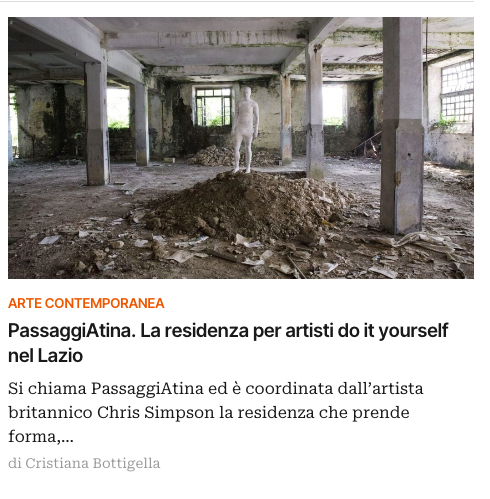Interviews with artists
Socially engaged artists: how do they do it?
What are the common challenges of working socially? What are the dos and don’ts of working collaboratively and in participatory settings?
I interviewed 10 established artists to find out about their social practices and how they sustain them.
I’m happy to share here a selection of the interviews together with a few conversations I had with art organisations that, on the other hand, support and commission artists. I hope that they can bring insight as well as inspiration and practical advice to those who are at the beginning of this journey.
I’d like to thank all the artists and art managers who took part in this project, and generously shared so much of their work with me, and the Arts Council England for the support,
Interviews:
